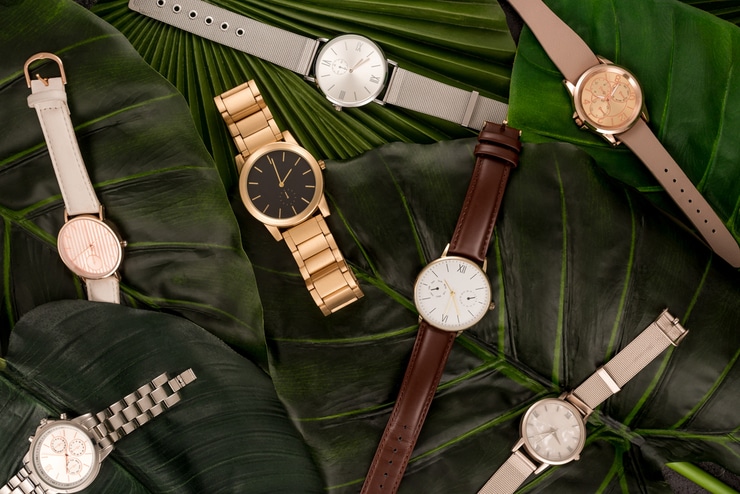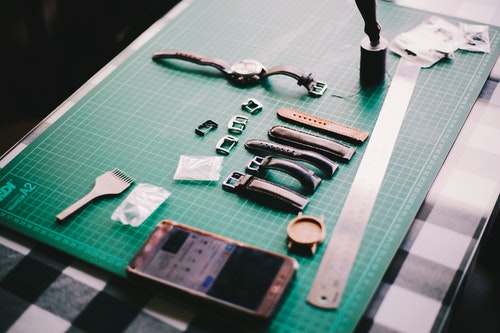
Wristwatches come in all manner of shapes and sizes, to the point that there is essentially a watch for every body type, fashion style, and comfort level. In other words, there is a watch out there for everyone. Unfortunately, nearly unlimited options also tend to make settling on one choice more difficult.
One important consideration that is sometimes overlooked when selecting a watch is how it fits on the wrist. This isn’t just a matter of comfort.
The differing sizes of people’s wrists and hands can make a watch look odd, either like an absurdly oversized gangster’s watch or like a tiny toy watch.
Luckily, we have some handy tips to help you select your perfect watch.
The style of watch bands
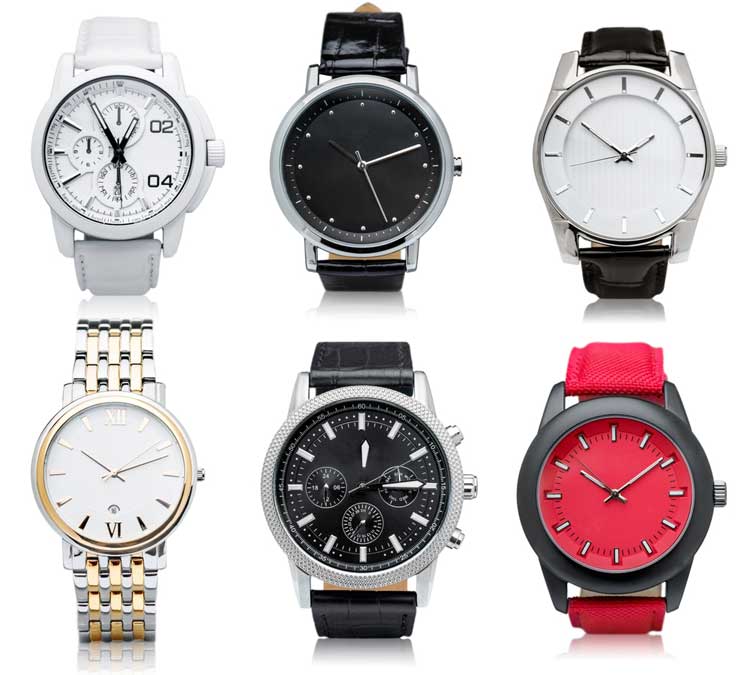
Once you have decided on the wide range of watch specifications – analog or digital, mechanical or battery-powered, multifunction or basic, smart or low-tech – the next important factor is personal style. Some people enjoy the sophisticated style of a leather band, while others prefer the strength and longevity of a stainless-steel strap. Of course, there is always the classic cloth style. (Or maybe you’re feeling nostalgic for the slap watch.)
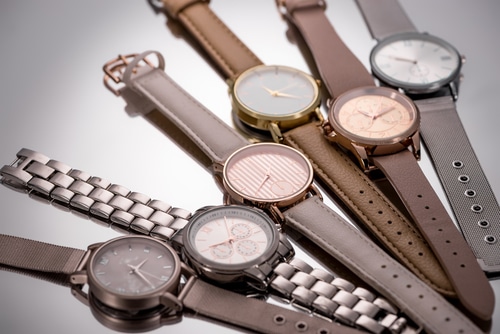
A true watch aficionado has a watch for every occasion, but not everybody goes for that type of largesse. No matter though, if you buy the right watch, it can be seamlessly woven into any style, but a big part of that is getting the watch band that suits you. That means style, of course, but it also means size.
There are two measurements when considering a watch band: length and width. A few factors affect both. Let’s look at length first.
The size of the watch bands: Width
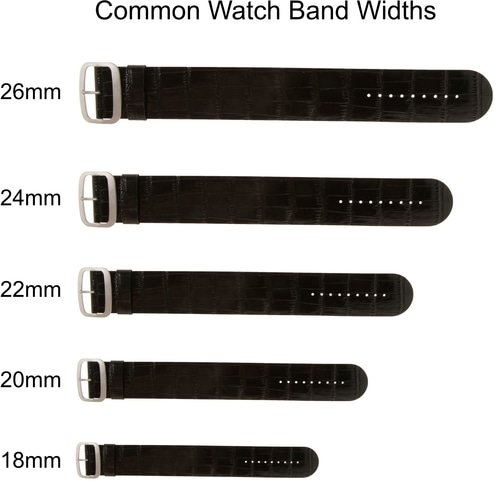
While the size of your wrist will be more directly correlated when discussing the length of the band, it’s still a factor with width. A very thin watch band will look even smaller on a large wrist, while someone with a small wrist is probably going to want to avoid very thick watch bands.
While there is no hard and fast rule on how thick a watch band should be, the style guides will tell you that a band should be about half the width of the case’s diameter.
Examples:
- Case Diameter: 36mm, Strap Size: 18mm
- Case Diameter: 40mm, Strap Size: 20mm
- Case Diameter: 44mm, Strap Size: 22mm
The average width of most men’s watch bands is between 18 and 24 millimeters (with case diameters generally being between 38 and 46 millimeters).
As some watch bands taper off at the ends, the width should be measured between the lugs where the band connects to the case.
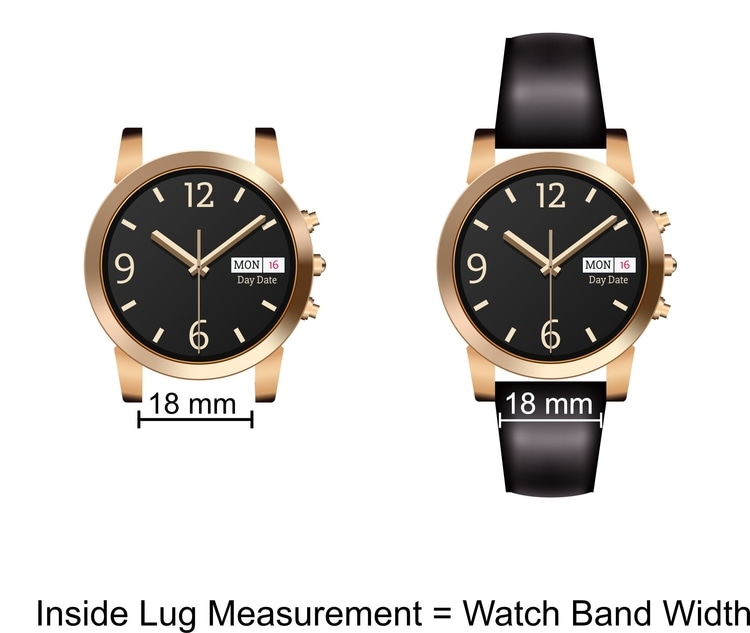
Since bandwidth is generally based on case diameter, you will first need to first determine what size case you need. Wrist circumference is how that is determined.
As a general rule, a wrist that is six inches around looks best with a 38-millimeter case diameter; a circumference of six-and-a-half inches goes with a 40-millimeter case, and so on in similar increments.
Therefore, if you have a wrist that is seven inches around, a 42-millimeter case will look best, which means you should probably have a band that is 21 millimeters wide (as always, personal taste is the most important factor).
These same measuring standards work for women as well as men.
Women’s wrist sizes, on average, run the range from six-and-a-half to eight inches, while men’s are generally between eight and nine inches. The proper watch bandwidth can be extrapolated from that information.
The size of watch bands: Length
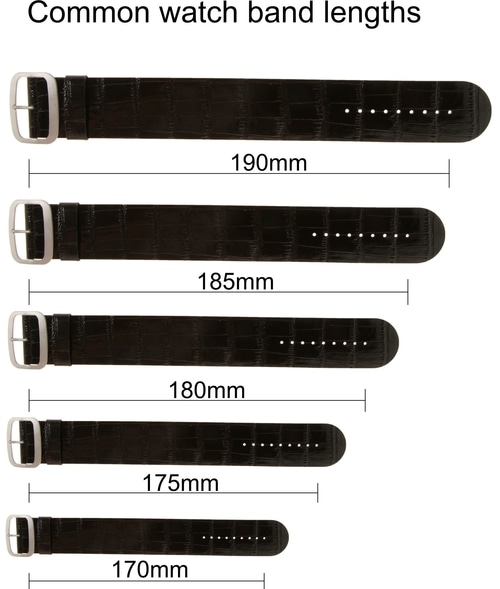
Just like bandwidths, the lengths of watch bands fall within an average spectrum. For women, it is between six-and-three-quarters to eight inches, while men average between seven-and-three-quarters and nine-and-a-half inches. While it might not seem like many variations, if your wrist is below or above the average size, the range can be the difference between inches of a dangling band and a watch that cuts off the blood to your wrists.
If you remember the average wrist circumferences of women and men, as we discussed above, you’ll see that the average band lengths correspond pretty closely. Now, in measuring the full length of a watch, you have to include the case diameter. That extra length (again, on average, between 38 and 46 millimeters) is what allows one watch band to fit a broad range of wrists. Most people will find the average lengths sufficient for their needs, but of course, not everyone will.
How to determine the right band size
It’s important to remember that watch sizes are designed around averages. Like clothing, the majority of people will be able to find something that fits comfortably within the normal range. Your preferences will always play a role in how well you like the size and fit, but when it comes to comfort, averages are your friend.
And yet, averages aren’t everything. Plenty of people fall outside of the so-called norm and there is no reason to settle on an ill-fitting watch, especially when there are so many options available to you.
To establish the right watch bandwidth and length for yourself, there are a few simple tricks. First things first, if you already own a watch or did in the past and you liked the size and fit of it, there is nothing wrong with taking it in and making a size-by-size comparison (assuming you’re not buying online). That’s the simplest way to make your selection.
If this is your first watch or your wrist size has changed (or your personal tastes have), you are going to want to do your shopping equipped with information beforehand. The first and most important thing to determine is the size of your wrist. A sewing tape measure would be the easiest, but any flexible measuring tool should suffice.
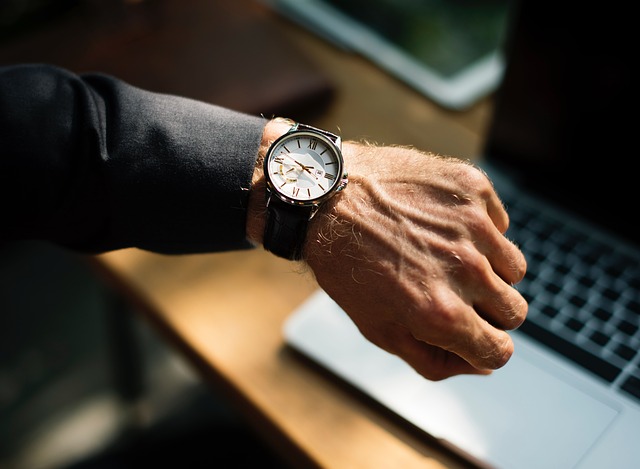
Once you know the length of your wrist (in inches and millimeters, just to make things simpler), you can determine all other sizes.
As a general rule, the length of your watch band should be within a half-inch of your wrist’s circumference, depending on the diameter and thickness of your case. Remember, we’re talking about the length of the wristband, not the total watch. When looking at measurements online, double-check to make sure you know which length they are giving.
If you’ve found the perfect watch but the band doesn’t fit your wrist, take heart: most watch bands can be adjusted for length, if not for width.
Selecting the right watch band for yourself isn’t any great scientific endeavor, but it’s still an important step in buying the right watch. Take the extra time to determine the right fit so you end up with a watch you love.
Picking The Best Case Diameter For Your Wrist

Watches come in different case diameters, many watch models even come in multiple versions with different case diameters. For example if you were going to go out and by a Rolex Datejust, you could choose between a 36 and 41 mm or a Ladies version in 31 or 28 mm. The overall aesthetic and design of the watches are the same but the smaller or larger case diameter will fit better and flatter a smaller or larger wrist.
The same is true of popular smartwatches such as the Apple Watch that comes in 40mm or 44mm case (Apple Watch Series 5) or 38mm or 42mm case (series 3 or earlier). The watches look almost identical in design but the size options work better with a smaller or larger wrist.
There is no absolute rule on how big the watch size should be, however, there are some generally accepted guidelines that do work for most people. There’s always room for personal preference but a very large watch on a small wrist will not only feel uncomfortably large but can look large and even tacky as it’s out of proportion to the wearer’s wrist size.
Here are some general suggestions for picking watch case diameters by wrist size:
- 34-36 (Wrist Diameter 6″ or less)
- 38-42 (Wrist Diameter 6-7″)
- 44-46 (Wrist Diameter 7-8″)
Measuring your Wrist to Determine Band Size
Here’s a quick video showing the correct way to measure your wrist to get the best band and watch diameter the next time you go watch shopping:
